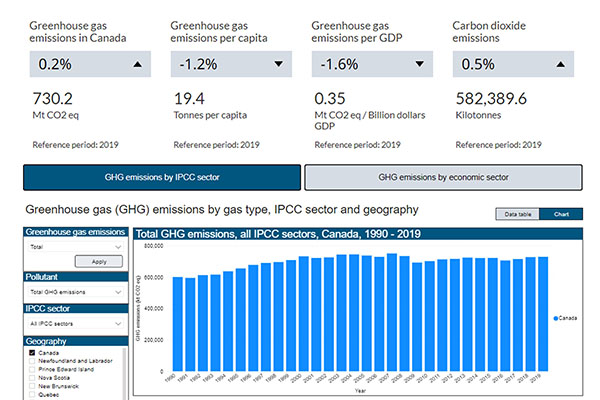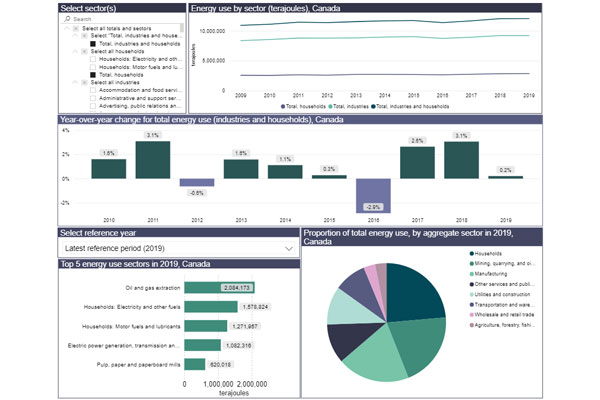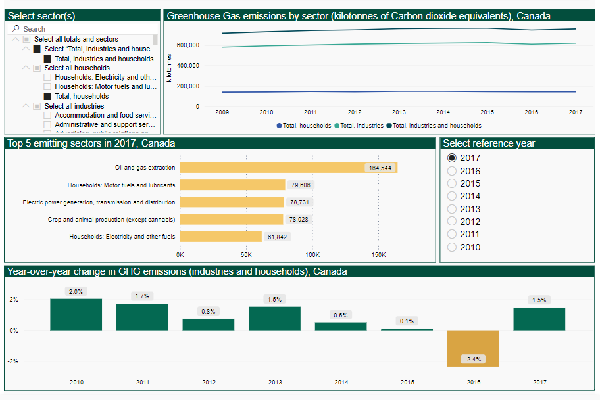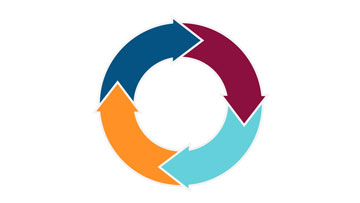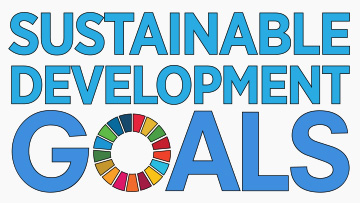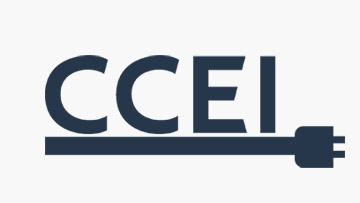Universe
CCOFOG data are presented for all general government sectors: the federal general government sector, the provincial general and territorial government sector, the local general government sector, the colleges and universities sector, and the health, school board and Canada and Quebec Pension Plan sectors. Canadian Classification of the Functions of Government (CCOFOG) coding is applied at the program level for the general ledger accounts, specified purpose accounts, special funds, and income statements of specific entities, such as colleges and universities. A complete list of government entities is available at Public Sector Universe.
Data composition
The published CCOFOG data represent only expenses, with the exception of the consumption of fixed capital. They also exclude acquisitions of non-financial assets.
Coding process
The CCOFOG classification has three levels. The highest level is referred to as the division and has 10 separate categories. The second level is referred to as the group and the lowest level is referred to as the class. The classifications are available at Canadian Classification of Functions of Government (CCOFOG) 2014.
The primary mandate of a government's program, together with additional information provided by the Canadian Government Finance Statistics (CGFS) coding, is used to assign the CCOFOG classification. When a program has multiple mandates requiring multiple CCOFOG codes, available financial documents are used to determine the main proportion of the observed expense. The total value of the government's program is then assigned to that CCOFOG code.
In general, special funds usually have a single function and thus a single CCOFOG code is assigned. For example, a social housing authority would have all expenses coded to 71069 – Housing.
The assignment is always at the lowest level of CCOFOG detail, which is the class level.
General assignment principles
The 2014 Government Finance Statistics Manual, published by the International Monetary Fund, provides an overview of the COFOG assignment rules in Chapter 6 and its annex. Canada rigorously adheres to the guidelines described in the manual but has introduced certain nuances that more accurately reflect the Canadian reality. The "Canadian decisions" section explains these nuances by class and/or function.
When a program significantly impacts a number of different classes in the same group, or if there wasn't enough detail, an aggregate was sometimes created. For example, aggregate 70459 – Transport n.e.c. was created to represent the sum of transport expenses that could not be specifically allocated to the Road Transport, Water Transport, Railway Transport, Air Transport and Pipelines and other transport systems classes.
Canadian decisions
Division 701- General public services
Centralized services such as Access Ontario are classified under 70133 – Other general services. Services shared by certain departments, such as information technology and human resources, are deemed to be "centralized" if they cover more than two departments.
Government research institutes are generally classified under Basic research (70149); most other research institutes are assigned to applied research or experimental development in their area of expertise (health, agriculture, etc.).
All negotiations of territorial treaties with Aboriginal bands are included in class 70169 – General public services.
All expenses identified under the CGFS classification as interest expense, are classified under 70179 – Public debt transactions.
Transfers to governments for infrastructure expenses are coded under group 7018 – Transfers of a general character between different levels of government. Code 70181 was created to identify transfers to the federal government, while code 70182 identifies transfers to provincial governments and code 70183, transfers to local governments.
Division 702- Defence
Military defence is exclusively a federal government jurisdiction – these expenses will not be found at the provincial/territorial or local level.
Division 703- Public order and safety
In Canada, probation and parole monitoring programs are the responsibility of prison administrations and not the courts as recommended by the Government Finance Statistics Manual. To preserve the comparability of international data, we have left these programs under the courts, but we have set them apart by identifying them by a specific code, 70331. This code will make it easier to transfer the program when Canada publishes its public order and safety expenses under its Justice framework.
Similarly, two key Public order and safety programs in Canada also received their own unique codes: 70332 for legal aid and 70333 for administrative tribunals.
704- Economic affairs
Expenses related to status of women boards and other gender equality initiatives are included in 70412- General labour affairs because, historically, the employment component was the initial focus of these programs.
A CCOFOG group was created to integrate the expenses of programs involving immigration and citizenship, namely, 70413 – Citizenship and immigration.
As mentioned earlier, a special aggregation was created to combine transport expenses when there is not enough detail to identify a specific class: 70459 – Transport n.e.c.
705 – Environmental protection
At the local government level, it is sometimes difficult to separate water supply (70639) and waste water management (70529) expenses; in these instances, a new CCOFOG classification was created to aggregate the two types of expenses (70631).
706 – Housing and community amenities
At the local government level, it is sometimes difficult to separate water supply (70639) and waste water management (70529) expenses; in these instances, a new CCOFOG classification was created to aggregate the two types of expenses (70631).
707 – Health
708 – Recreation, culture and religion
709 – Education
The level of available detail in our source data on education expenses does not allow us to estimate pre-elementary and elementary data or the first and second cycles at the secondary level. We have therefore grouped these classes together in a new aggregated category, 70929 – Elementary and secondary education.
We are also unable at this time to separate non-doctoral higher education (70941) from doctoral (70942); we have therefore combined these two classes into a new aggregated category University education (70949).
Furthermore, when there was not sufficient detail to distinguish college education (70939) from university education (70949), the default choice was to classify this expense under university education (70949).
710 – Social protection
To accommodate the requirements of public order and safety expenses, under group 7107 – Social exclusion n.e.c. a new class was created 71071 – Victim's services.

 Air and climate
Air and climate Environmental-economic accounts
Environmental-economic accounts Environmental protection, technology and practices
Environmental protection, technology and practices Land, oceans, ecosystems and biodiversity
Land, oceans, ecosystems and biodiversity Natural disasters
Natural disasters Solid waste and hazardous substances
Solid waste and hazardous substances Water and wastewater
Water and wastewater